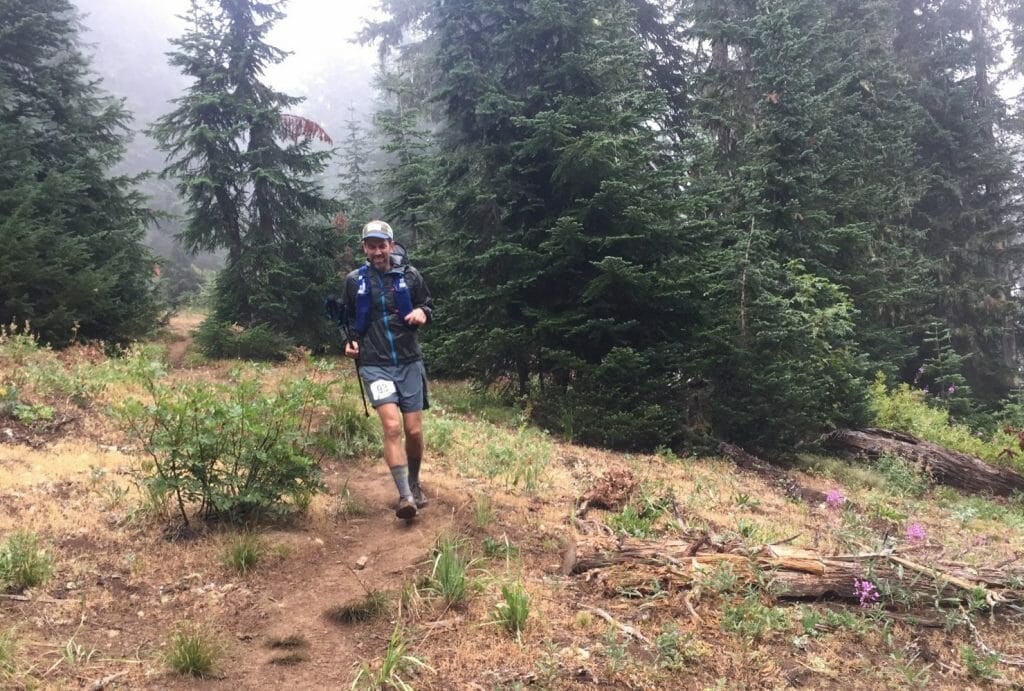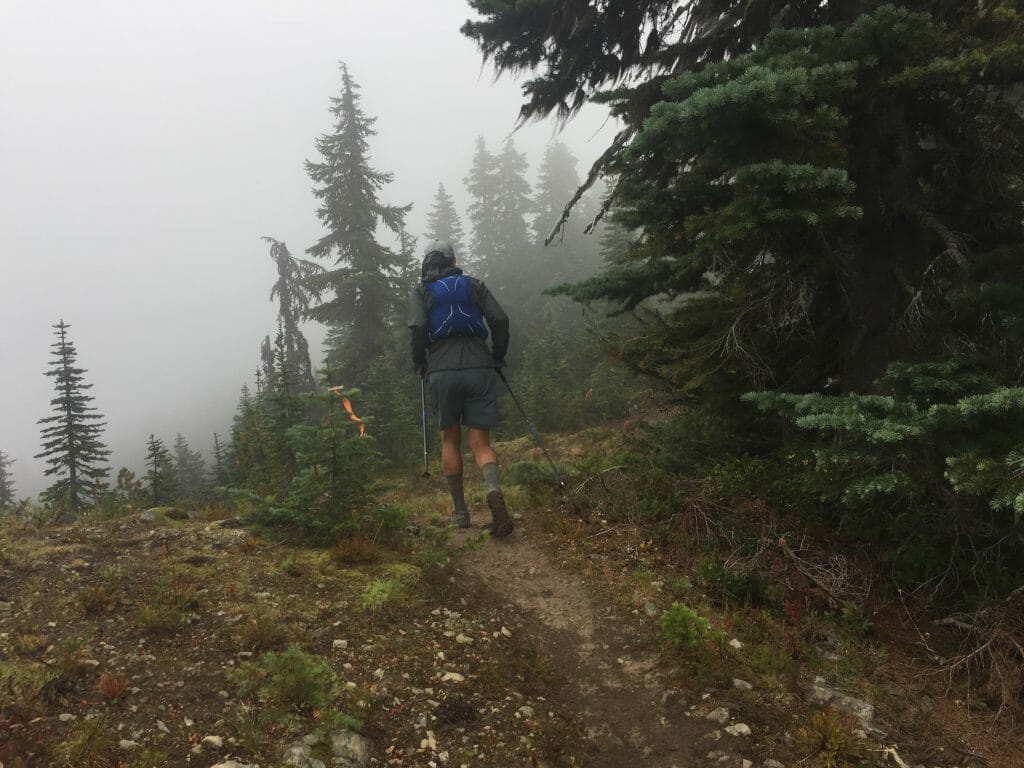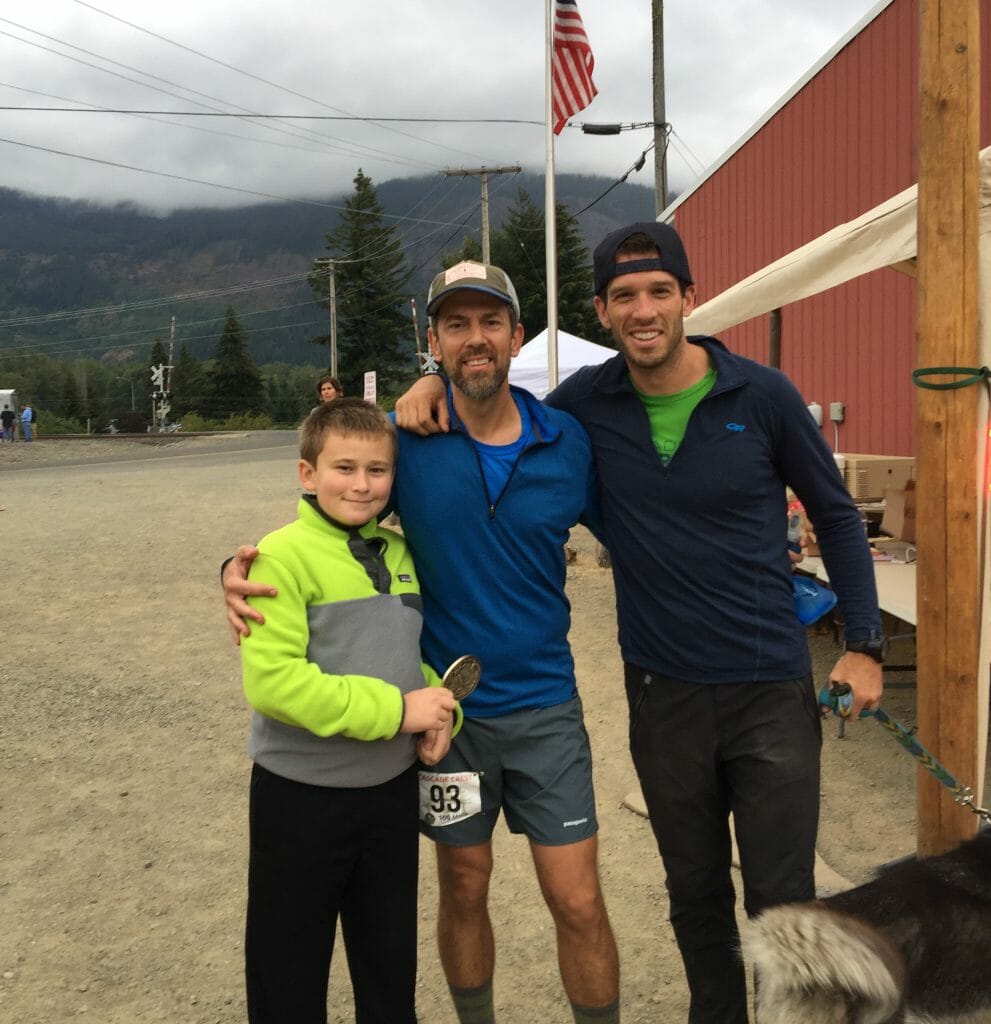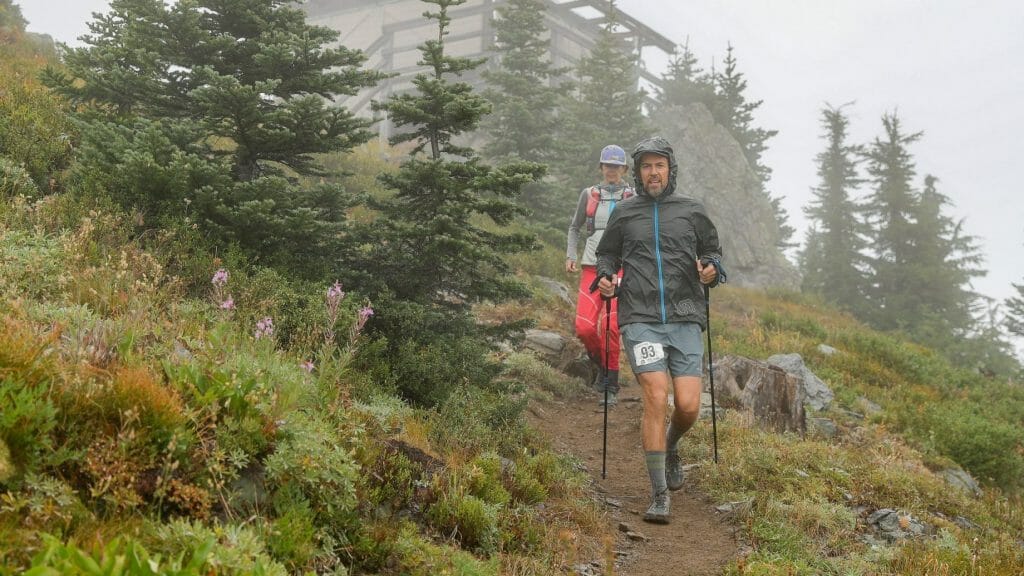One hundred miles. Could I even run that far? It was a mystery I wanted to solve. Starting about five years ago, when I first got hooked on trail running, I went through the usual progression of ultras: first a 50K, eventually a 50-miler, then a 100K. One by one, distances that once seemed crazy became real. But the 100-miler was still an unknown, and I felt like I couldn’t consider myself a true ultrarunner until I did one.
The only problem was that my training never seemed to be enough for that benchmark distance. While it was easy for me to go out for long runs on the weekends, I lacked the same discipline during the week. I have a very busy career as a financial planner, and I’m married with a son, so balancing training with work curveballs and family commitments can be tricky. Plus I live in Florida, pretty much right at sea level with no hills nearby.
Against all logic, I couldn’t shake this need to do a 100-miler. But it couldn’t be just any 100-miler. I wanted my first to be the Cascade Crest 100 Mile Endurance Run in Washington’s Cascades. It’s a classic, old-school race, but unlike Western States and Hardrock, it doesn’t have a lot of hype around it. It just felt right. I didn’t get in via the lottery my first year applying, so I volunteered at the race in 2017 and earned my entry that way. I would take on the challenging course, with its 23,000 feet of elevation gain, in August 2018.

TJ at about 85 miles into the race.
I knew my spotty approach to training wasn’t going to cut it, so I started working one-on-one with Uphill Athlete coach Sam Naney on June 1, 2017. During our first call, I told Sam my primary goal was to finish Cascade Crest the following year. At that point I was running inconsistently and my fitness had hit a low. And there was the whole living-in-Florida hurdle. Regardless, Sam was very encouraging and felt we had a long enough runway to prepare me for what is considered a tough mountain 100-miler.
I did a metabolic test to establish some baseline metrics and began training below my Aerobic Threshold. I already consider myself pretty slow, but this meant running excruciatingly slowly and often mixing in some walking. It required a lot of patience, especially in the extreme heat and humidity of Florida. Sam also had me do speed work at the track, which I had never done before. These track sessions were perhaps the most intimidating part of my training, but I ended up looking forward to them. Sam gradually increased my workload, throwing in a trail race every few months to provide extra motivation and gauge my progress. I wasn’t always the best client, and my training fell off during a few rough patches along the way, but Sam was very patient as I juggled career and family obligations and dealt with a few minor injuries. He was always positive, always encouraging.
The training paid off in a big way this summer. In June, I completed the Laurel Highlands Ultra, a difficult 70-mile race in the mountains of Pennsylvania near where I grew up. In July, I ran the Buckeye 50K, which debunks the myth that Ohio is flat. Then with Sam’s blessing, I ran the Wonderland Trail circumnavigating Mount Rainier over three days in early August—exactly three weeks before Cascade Crest. That outing was one of the best experiences of my life and provided the mountain training and confidence I needed for Cascade Crest.

Closing in on the finish.
Just getting me prepared for the starting line would have been enough, but Sam took the coaching to another level by bringing his whole family—his wife Alison, their two girls, and their two dogs—to crew and pace me. We rented a house near the race start/finish in Easton, and they came in the night before to work with me on a race plan and pace chart. I can’t thank them enough for sacrificing a weekend out of their lives to help me reach the finish line. I would not have made it through without them.
Unlike most ultras, which get going at 5 or 6 in the morning, Cascade Crest has a leisurely 9 a.m. start. We got up, had breakfast, took our time. It was all very laid back and relaxed getting to the starting line. Then before I knew it, I was off.
I saw Sam for the first time around mile 25, when I was still feeling great. He was there with the kids—Isabella in the baby carrier, Fiona roaming around. It was a family affair. The long stretch on the PCT, from about mile 17 to 48, was a real treat—mostly easy running where I could just enjoy being in that amazing Pacific Northwest Cascades environment.

TJ at the finish with his son and Coach Sam Naney.
At the final aid station, Sam and his younger dog, Rocket, joined me for the 4 remaining miles to the finish. It felt like a victory lap with Sam and his happy Husky leading the way. My body rebounded, and it was a true celebration—of the day and of the training it took to get me there. My wife and son were at the finish line, and it was all hugs and smiles. It’s a moment that will be tattooed in my memory forever. Then to top things off, after their long day of pacing and crewing me, Sam and Alison whipped up an amazing dinner of pasta, salad, and strawberry ice cream.
I’m proud of what I was able to do this summer. I turned 50 a week after the race and I’m more optimistic about my health and fitness than ever. I haven’t figured out what I want to train for next, but I know it will take me into the mountains—and I have the confidence that it will be attainable. Cascade Crest threw more difficulty at me, mile for mile, than any other race I’ve done. I didn’t think I would ever want to do another 100-miler, and now I’m no longer ruling it out. No matter the goal, I’m looking forward to working with Sam to get it done.
-by Uphill Athlete TJ King

